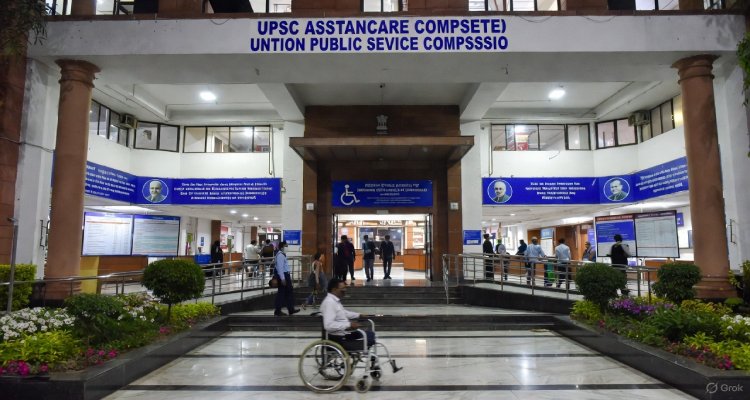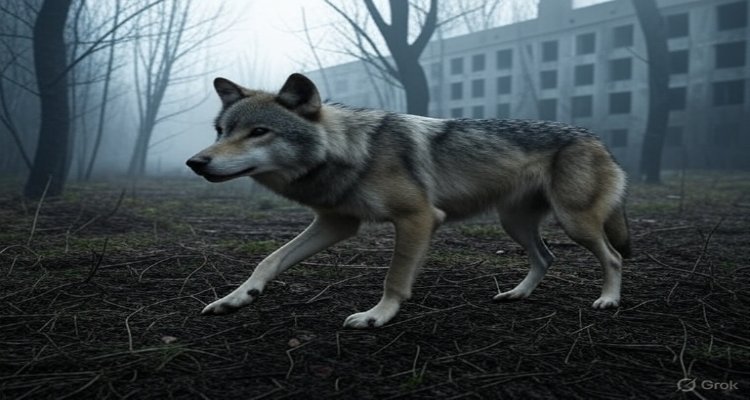The Mystery of Animals That Thrive in Radioactive Zones
From wolves in Chernobyl to frogs glowing green, some species adapt and even flourish in radioactive zones. Scientists are uncovering how life defies radiation.
Introduction: Life Finds a Way
When humans think of radioactive zones, images of ghost towns, barren forests, and uninhabitable wastelands come to mind. Yet, within these seemingly lifeless landscapes, a remarkable paradox unfolds. From the abandoned ruins of Chernobyl to the irradiated soils of Fukushima, wildlife isn’t just surviving—it’s thriving. Wolves roam in packs, birds sing in the morning air, and rare species appear in places once declared unsafe for centuries. This strange resilience has left scientists and ecologists asking: how can animals flourish in environments toxic to humans?
Context & Background: Chernobyl and Beyond
On April 26, 1986, the explosion at the Chernobyl Nuclear Power Plant created one of the world’s most radioactive disaster zones. More than 100,000 people were evacuated, and authorities predicted the area would remain uninhabitable for generations. A similar scenario unfolded in Fukushima, Japan, in 2011 after a tsunami damaged the nuclear reactors.
For decades, experts assumed these regions would remain barren. Yet, three decades later, the “Chernobyl Exclusion Zone” has become a de facto wildlife sanctuary. Wolves, lynxes, bison, wild boars, and even Przewalski’s horses—an endangered species—roam freely. In Fukushima, wild boars and monkeys have repopulated areas once considered lethal.
Main Developments: Signs of Adaptation
One of the most striking discoveries came when researchers found tree frogs in Chernobyl with unusually dark, almost black skin. The pigmentation appears to act as a shield against radiation, much like natural sunscreen. In other cases, scientists observed that some bird species developed smaller brains, a sign of mutation, but others adapted with stronger antioxidant defenses that protect against cellular damage.
Gray wolves in Chernobyl, exposed to radiation levels six times higher than the human safety threshold, are thriving. Tracking collars reveal that these wolves have stable populations, suggesting that the absence of human interference may outweigh the risks of radiation exposure.
In Fukushima, researchers found wild boars mixing with domestic pigs that were left behind after evacuation. This has created hybrid species, proving that ecosystems quickly reorganize themselves when humans step back.
Expert Insight: What Scientists Are Saying
“Radiation is harmful, no doubt,” says Dr. Timothy Mousseau, a biologist who has studied Chernobyl wildlife for over two decades. “But the absence of humans seems to provide an environment where wildlife can adapt and even flourish.”
Geneticists believe natural selection is at play. Animals with mutations that help them cope with radiation may survive and reproduce, gradually shaping populations more resistant to hostile environments.
Not all experts agree. Some warn that the apparent “thriving” may mask hidden costs—such as reduced fertility, higher cancer rates, or shortened lifespans. “We are witnessing resilience, but resilience is not the same as health,” notes evolutionary ecologist Dr. Eleanor Reed.
Impact & Implications: Rethinking Life’s Limits
The resurgence of animals in radioactive zones challenges long-held assumptions about nuclear disasters and ecology. It raises pressing questions: Could certain species evolve to tolerate radiation in ways humans never could? Might these adaptations one day inform medicine, cancer research, or even space exploration, where cosmic radiation poses risks?
For conservationists, these zones have become an unintentional experiment in rewilding. With humans absent, ecosystems reorder themselves quickly. The paradox is clear: what is deadly to us may be liberating for nature.
Conclusion: The Paradox of Survival
The thriving of wildlife in radioactive zones is both a mystery and a mirror. It reveals nature’s astonishing ability to adapt while reminding us of our vulnerability. As scientists continue to study these “accidental sanctuaries,” one lesson stands out: life is far more resilient—and surprising—than we imagine.
Disclaimer :This article is for informational purposes only. It does not endorse visiting radioactive zones, which remain unsafe for human health.











